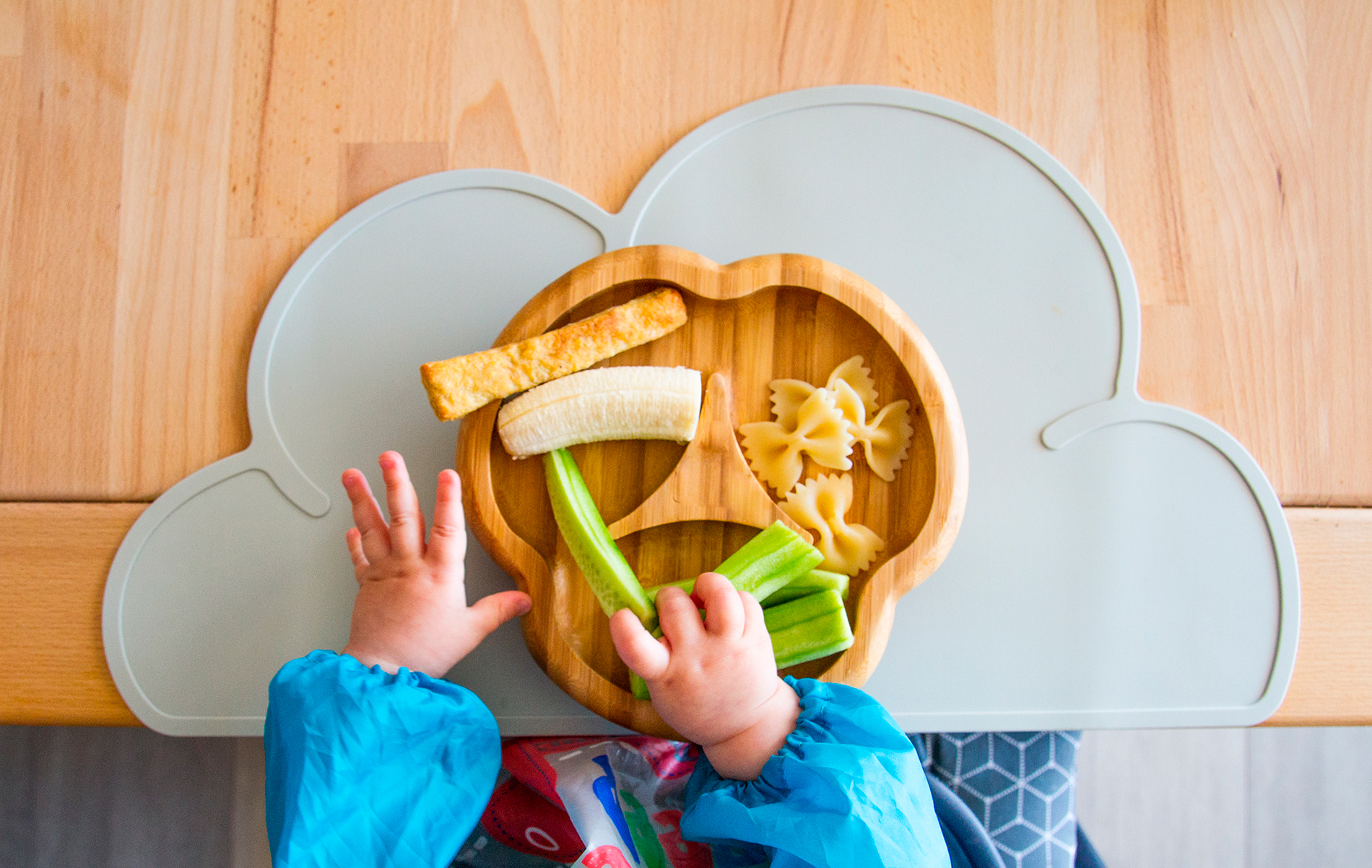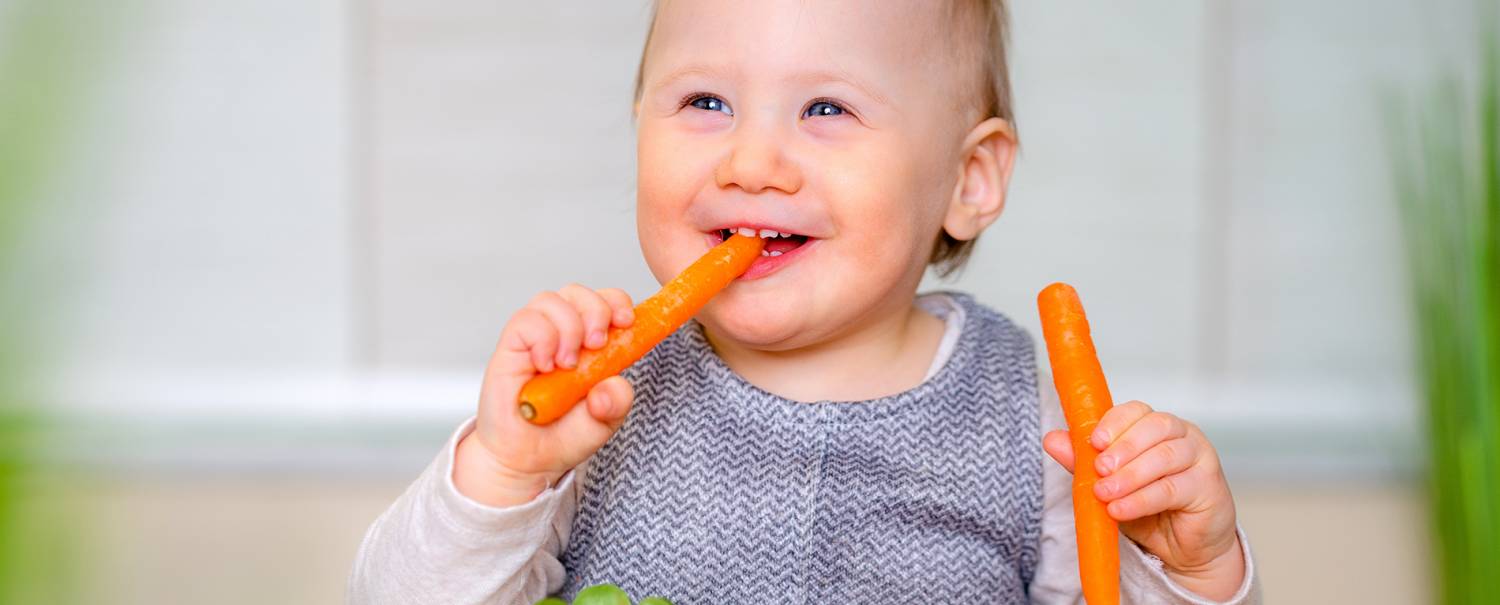Baby Led Weaning: learning to eat by themselves
What is Baby Led Weaning? When and how to do it? We give you some recommendations to introduce this type of feeding to your baby.
child care
Share

Baby Led Weaning (BLW) is a method of introducing supplementary food that consists of the baby, from the age of 6 months, deciding what, how much and how fast they eat, discovering and eating whole foods with their hands, instead of having them puréed and being spoon-fed.
When can you start the BLW method?
• When the baby has reached 6 months old and doesn't have any added complications.
• They can sit and stay upright without support.
• They have lost the extrusion reflex; in other words, they don’t spit things out of their mouth.
• They show an interest in food.

What foods are best to start with?
Foods are introduced in the same way as the traditional system of one by one to prevent allergies or intolerances. If, after a few days, you don’t observe any reaction, you introduce the next one.
- Cooked foods: most foods are introduced cooked so that they are soft enough and the baby can eat them. If it's easy for us to squash with our hand, the baby will be able to break it up with their gums.
- Manageable pieces: cutting food into sticks or strips is recommended so they can hold them comfortably.
You can start with foods such as:
- Vegetables: boiled or roasted potato, sweet potato, carrot, courgette or pumpkin cut into strips. Also boiled green beans, broccoli or peas.
- Fruits: banana, melon, watermelon or avocado.
- Cereal: bread, in small pieces, rice or macaroni, all without salt.
It is important to avoid foods that specialists advise against for this age in any of its forms: green leafy vegetables, dried fruits, oily fish, salt, sugar, honey...

How do you start with BLW feeding?
- Together: to carry out this method, it is important that we lead by example for the baby by eating together and, if possible, similar foods. If they see that we like a certain type of food, they will try to take it and try it, by copying.
- With patience: in the beginning, babies play with food, they experiment with its texture. Offer them the food and don’t force them.
- With time: supplementary feeding requires a learning process. The introduction of foods is gradual without losing sight of the fact that, until the age of one, milk continues to be their main source of nutrition.
Why choose baby led weaning?
These are some of the advantages of this introduction to food:
- It stimulates eye-hand-mouth coordination.
- It supports the differentiation of foods compared to purées.
- It respects the hunger and satiety of the baby. The baby decides what and how much to eat.






